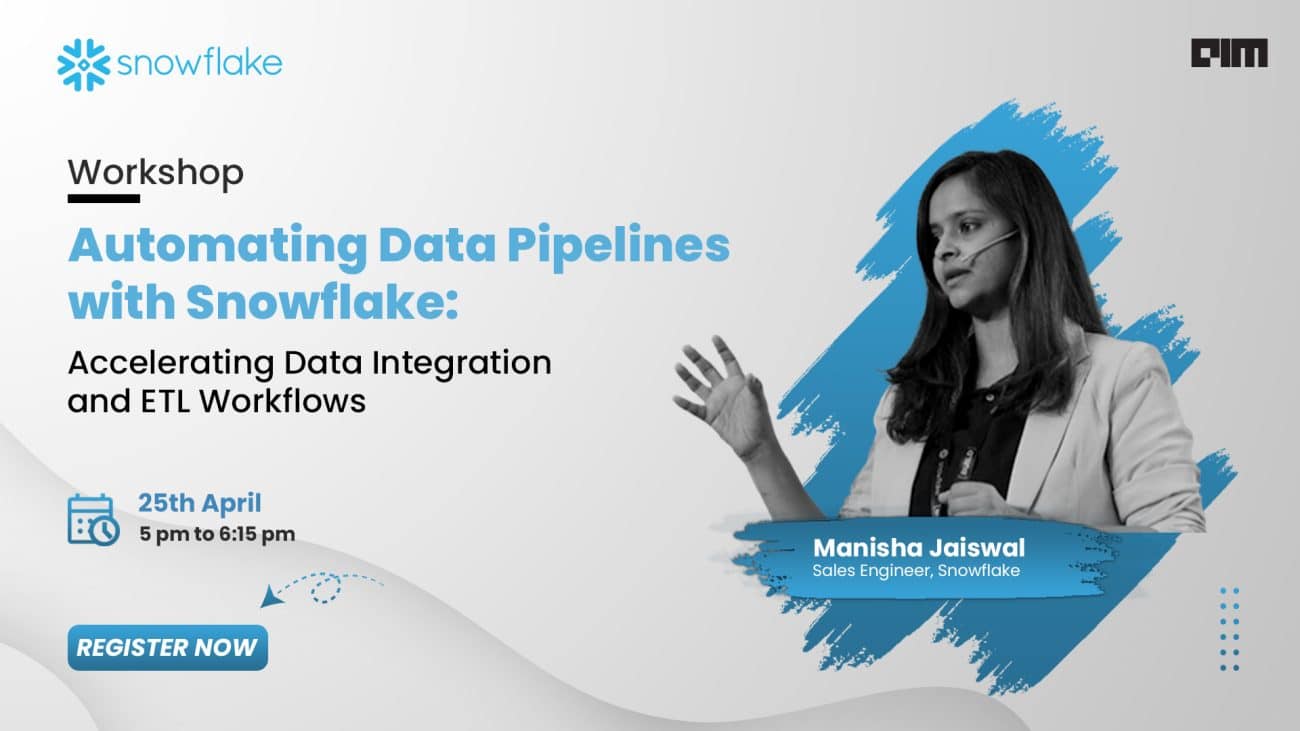Managing corporate data often necessitates numerous software tools, including customer relationship management (CRM) systems, email marketing platforms, and enterprise resource planning (ERP) systems. Each of these programmes uniquely collects data. Additionally, third-party data exists; but to make sense of the seemingly unending data stream and make data-driven decisions.
Data unification is the process of consuming data from several operating systems or sources and consolidating it into a single source through transformations, schema integrations, deduplication, and general record cleaning. One can see various benefits from data unification, including an improved client experience, increased account retention rates, and more income. First, however, enterprises must overcome obstacles to achieve unified data.
The Challenges with Data Unification
Consider the numerous applications utilized by your organization to understand better the primary problems associated with data unification. Each one uniquely collects data. Now consider attempting to consolidate all of your organization’s data into a single master source.
To give a clearer understanding of what this process comprises, below is a high-level description from Michael Stonebraker’s white paper on The Seven Tenets Of Scalable Data Unification:
- Data is ingested, most commonly from company operational data systems.
- For example, conducting data cleansing, -99 is frequently a code meaning “null,” some data sources may contain old customer addresses.
- Performing conversions, for example, from euros to dollars or from airport code to city name.
- Integrating schemas, for example, “salary” in one system is referred to as “wages” in another.
- Deduplication (entity consolidation) is performed when, for example, an individual is “Mike Stonebraker” in one data source and “M.R. Stonebraker” in another.
- Classification or other advanced analytics, for example, classifying expenditure transactions to determine where a company spends money.
- Exporting consolidated data to a single or more downstream systems
As one can see, data unification is a complicated process, which is why the vast majority of enterprises today are experiencing a data mastering problem.
However, enterprises must overcome obstacles to achieve unified data.
Problem – Creating a Single Source of Data
Managing corporate data typically entails the use of multiple software solutions. For instance, you may utilize a customer relationship management (CRM) system, email marketing tools, or enterprise resource planning (ERP) systems. Each of these programmes uniquely collects data. Then there’s third-party data or data obtained from sources other than your organization, which is used for validation, updating, and enrichment. The problem is to centralize everything and make it accessible to those who require it.
Solution:
Adopt a customer data platform that consolidates and organizes data from disparate sources into a single source of truth.
Problem – Data Cleaning
Customer data also presents another challenge: ensuring its accuracy. Data unification entails more than simply consolidating data on a single platform. Data quickly becomes stale and out of date. Requesting that the employee’s fact verify all client data stored on the systems is time consuming, costly, and creates a possibility for error.
Solution:
One can avoid this issue with a customer data platform, as it automatically updates (and adds) information to increase accuracy. Additionally, it discovers duplicates during data consolidation.
Eliminating Data Silos
One of the benefits of unified data is that it promotes cross-departmental collaboration. On the other side, silos can make it more difficult for a business to accomplish goals involving several divisions’ collaboration. For instance, it is critical for the sales, customer service, and marketing departments to collaborate to increase client retention rates. When there is a connection across departments, revenue targets will continue to be elusive.
Solution:
Reconnect the departments by implementing a customer data platform that eliminates data silos and liberates your data for use by all departments.
Conclusion
Each year, the volume of data in most organizations doubles, compounding data concerns and increasing the difficulty of managing databases. In addition, organizations are increasingly having difficulty unifying data across systems such as e-commerce platforms, customer relationship management, warehouse management, finance, product management, resource planning, and electronic point of sale (EPOS), to mention a few. To derive true value from data analytics, organizations should consider aggregating data from diverse systems into a cohesive picture that spans the entire organization.

























